Fentanyl takes multi-colored turn with “rainbow fentanyl”
Courtesy of the U.S Drug Enforcement Agency
Rainbow fentanyl has been found in pill, chalk and powder form.
Although fentanyl is not new to the illicit drug scene, health experts have expressed concerns over a new manifestation of this deadly drug. A new pill dubbed “rainbow fentanyl” due to its unique coloration was first discovered in Feb. of 2022. The drug’s candy-like, brightly colored appearance is an alleged tactic to entice youth into using fentanyl.
First manufactured by Janssen Pharmaceuticals, fentanyl originally came in the form of a micro dosage pain-relief patch, which steadily injects concentrations of the drug into the bloodstream. Although fentanyl patches are only prescribed by a licensed physician, drug users find ways to access and abuse them.
“People may be around you who somehow got the patch…they’re wearing a patch, they’re getting the micro dosage [of fentanyl], and they may not even need it. They might not be cancer patients,” said Mark Dale, founder of the Marin County Prescription Drug Abuse Task Force, plus co-founder of RxSafe Marin & OD Free Marin.
Realizing fentanyl’s addictive properties, drug dealers freeze and break open patches to obtain the contents inside. Once harvested, the highly potent drug is either sold or laced into other drugs. According to the CDC, fentanyl is 50 times stronger than heroin and 100 times stronger than morphine.
Although counterfeit prescription pills (also referred to as fenta-pills) contain fentanyl, the base ingredients within these pills are pharmaceutical-grade drugs. Once drug producers obtain a manual or electronic pill press, they have the ability to create as many counterfeit pills as they like, in a variety of colors. Due to the unregulated production of these pills, producers can lace as much fentanyl as they want into the pills, without knowing how lethal their product may be.

“[Illicit drug producers] are mixing in these fentanyl granules like marble fudge ice cream. You don’t know how much [fentanyl] is in any given pill, or where the fentanyl may be in the pill,” Dale said.
Although the Drug Enforcement Administration alleges that rainbow fentanyl is an effort to attract young people to experiment with illicit substances, Dale believes it is also the drug producers’ method of differentiating different pills from one another.
“For dealers, [the colors] let them know ‘ok, that batch is pink, that’s the one that has x, y, z percent of fentanyl in it,” Dale said. “That one’s blue, that has a higher percentage’…So this is the [dealers] way of taking a white substance and trying to make it more trackable and traceable.”
While rainbow fentanyl can also be found in powder and chalk form, Casey Rettig, a special agent for the Drug Enforcement Administration (DEA), says the drug most commonly comes in pill form. These counterfeit pills are stamped with the symbol “M 30,” an imprint associated with Oxycodone Hydrochloride, giving them the appearance of prescription Opioid pain medication. Although these pills typically have a blue hue to them, rainbow fentanyl is unpredictable in its coloration.
“What [the Drug Enforcement Administration] has historically seen are the fake oxycodone pills, fake prescription pills, and blue M30s…now we are seeing a switch to the cartels’ production of pills…they are in a rainbow—in a variety of colors—and they are fentanyl pills,” Rettig said.
According to the CDC, 107,662 Americans died due to drug overdose in 2021, 71,238 of these deaths were due to synthetic opioids such as fentanyl. In Marin County, fentanyl-related death made up 39 percent of the 56 total deaths due to intoxication in 2020.
“Every community across America has been hit with fentanyl, so it’s everywhere, it has made its way into every corner of the United States,” Rettig said.
Rettig believes that many illicit drugs, including fentanyl, come from neighborhoods in San Francisco.
“We have a lot of investigations in which people drive to the Tenderloin area in San Francisco to purchase a variety of drugs, including pills, and take them back to the Marin area,” Rettig said.
While customers can make in-person transactions with dealers, they can also choose to buy products on social media platforms such as Snapchat. Ed Ternan, a Southern California native, lost his 22-year-old son, Charlie, in 2020 from a counterfeit prescription pill containing fentanyl that he bought on Snapchat. Shortly after, Ternan founded his non-profit charity, Song for Charlie, to spread awareness of the fentanyl epidemic.
While Ternan does not think rainbow fentanyl is an effort to trick youth into taking a potentially-lethal substance, he believes it is the manufacturer’s way to make the pill more enticing.
“Drug traffickers are expanding their product line to produce [pills] that don’t look [like a conventional prescription pill]…They are positioning them more like a party pill like ecstasy or molly,” Ternan said. “The rainbow colors are intended to attract young users who are not self-medicating…The colored ones now are for the partiers, the ravers.”
Amid the Halloween season, rumors escalated of dealers potentially handing out rainbow fentanyl pills disguised in candy packaging. However, Ternan dismissed these claims, saying drug dealers would not aimlessly distribute fenta-pills among children.
“It’s important to note that putting these pills in candy packaging is a smuggling technique to sneak [rainbow fentanyl] into the [US]. Some people make the mistake of saying, ‘Well they’re trying to poison children by selling them [candies] that are actually M30s…’ That’s not how drug dealers think… Poisoning children on Halloween is an act of terrorism, not an act of drug dealing,” Ternan said.
An Archie Williams sophomore, using the pseudonym Susie, began experimenting with drugs as a freshman. Although she has heard about fentanyl, she is insouciant of the threat it poses.
“I know what fentanyl is. I hear about it in the news and stuff but I have never heard of rainbow fentanyl,” Susie said. “Sometimes I worry about my stuff being laced but never enough to test it or ask my dealer.”
While Susie has heard of instances of fentanyl poisoning, she has not had one of these experiences.
“I have heard of people who have taken drugs that have been laced, like on the news, but no one I know has taken something that was laced, I haven’t either,” Susie said.
To combat fentanyl’s extreme potency, an emergency drug known as Naloxone (more commonly referred to as Narcan, which can be found in the Archie Williams main office) can counteract fentanyl’s effects. In addition, fentanyl testing strips, while not always effective, can detect whether or not a pill is laced with fentanyl.
The safety of Marin youth has become a growing concern as the fentanyl epidemic continues to take hold across the country. While it is unclear how rainbow fentanyl will affect youth in the future, health experts and local advocates look to educate community members about its dangers.
Your donation will support the student journalists of Archie Williams High School. Your contribution will allow us to purchase equipment and cover our annual website hosting costs. Each donation will receive a magazine subscription for a year (6 copies a year), and become a part of the important work our publication is doing.
$35 -- Subscription to the magazine
$50 -- Silver Sponsorship
$75 -- Gold Sponsorship
$100 -- Platinum Sponsorship

Henry is a senior in high school, who loves to play tennis and enjoys spending time outdoors hiking.

Charlie is a sophomore, in his second year of journalism. He joined the class because Ben Luka is in it. You can often find him playing the drums or spending...

Sophia is a freshman, in her first year of journalism. She was born in England and lived there for six years. You can find her painting or cooking, and...





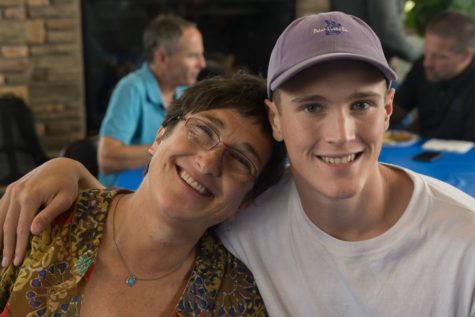
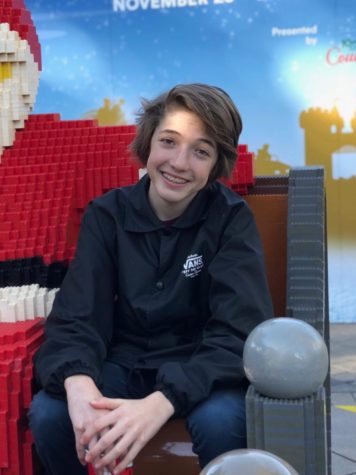



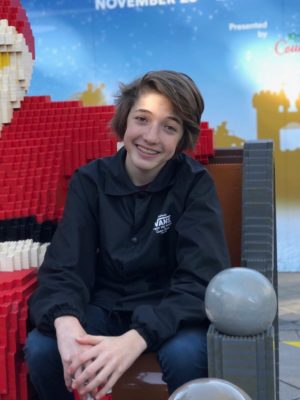
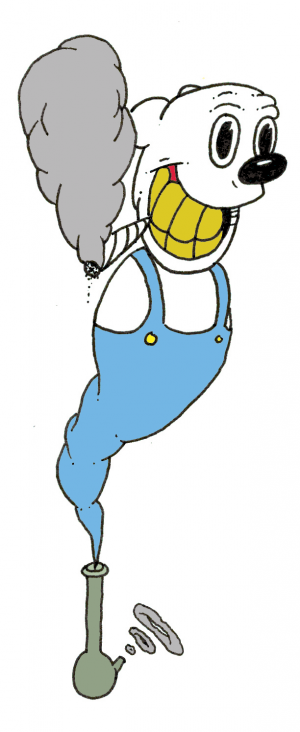

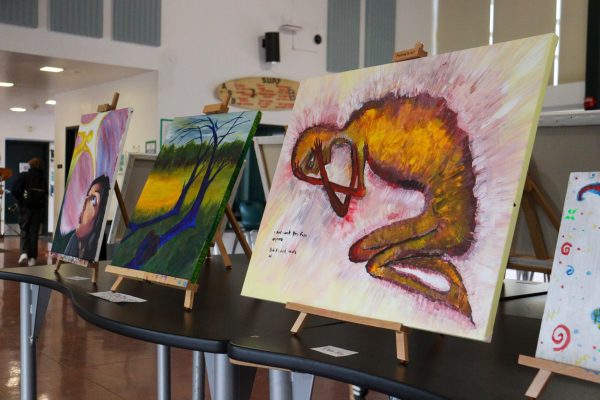

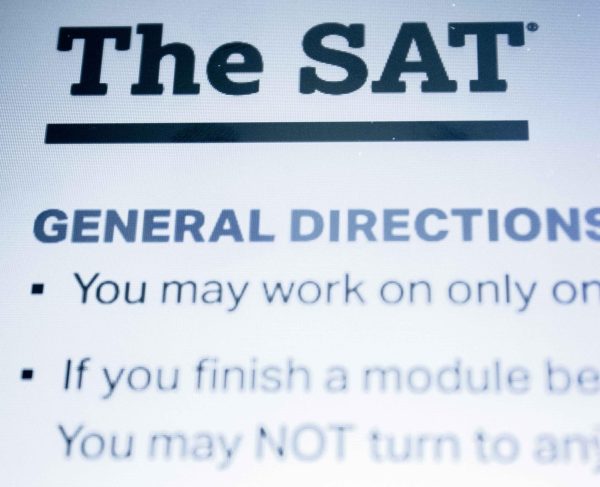




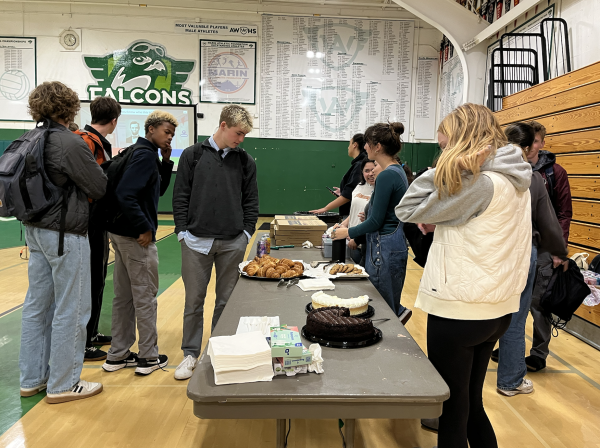

Jorge M • Nov 15, 2022 at 1:41 PM
Great Article!
Will M • Nov 15, 2022 at 1:35 PM
Very informative and interesting. I learned a lot from this.
Aaron • Nov 12, 2022 at 9:02 AM
Thank you for this article. Very sobering and informative.
Alex E. • Nov 12, 2022 at 8:56 AM
Thank you for these well written articles about fentanyl. They serve as a much needed wake up call for all of us, parents and students alike. Having access to this kind of info is key, especially before experimentation begins. Thanks to the writers for highlighting new trends in fentanyl’s distribution as well.